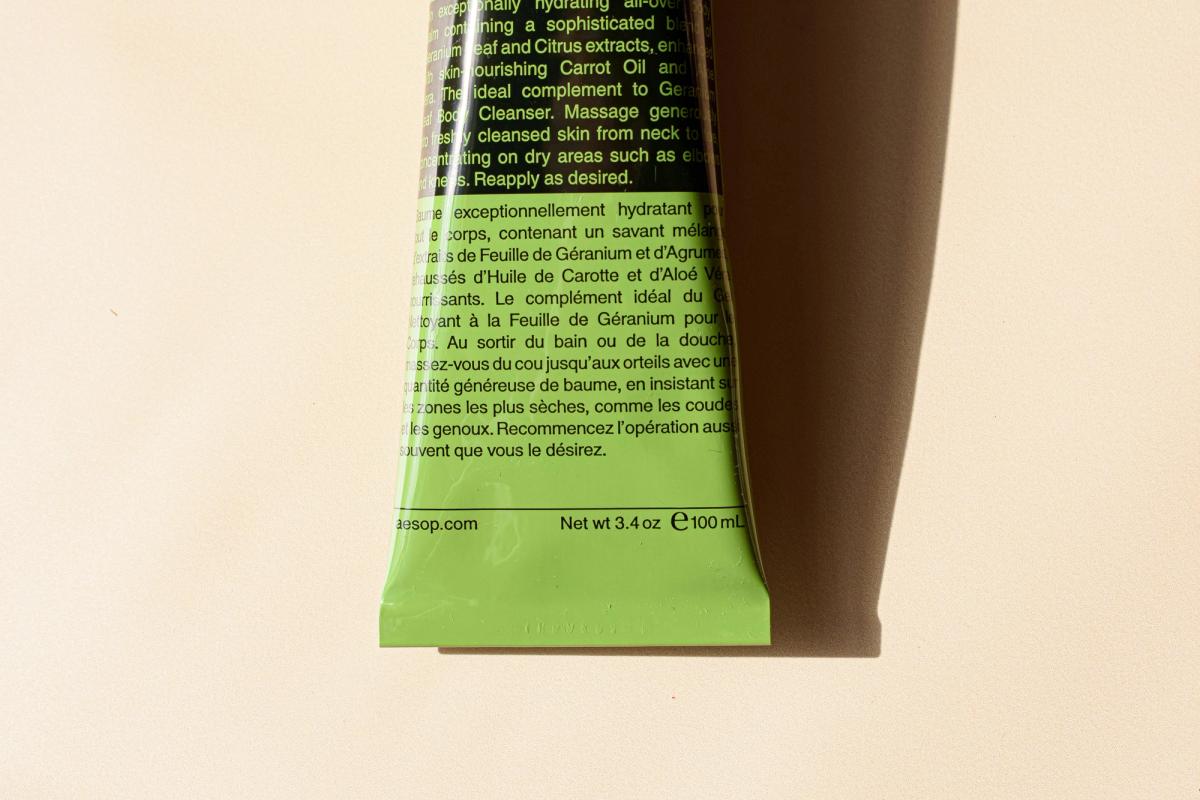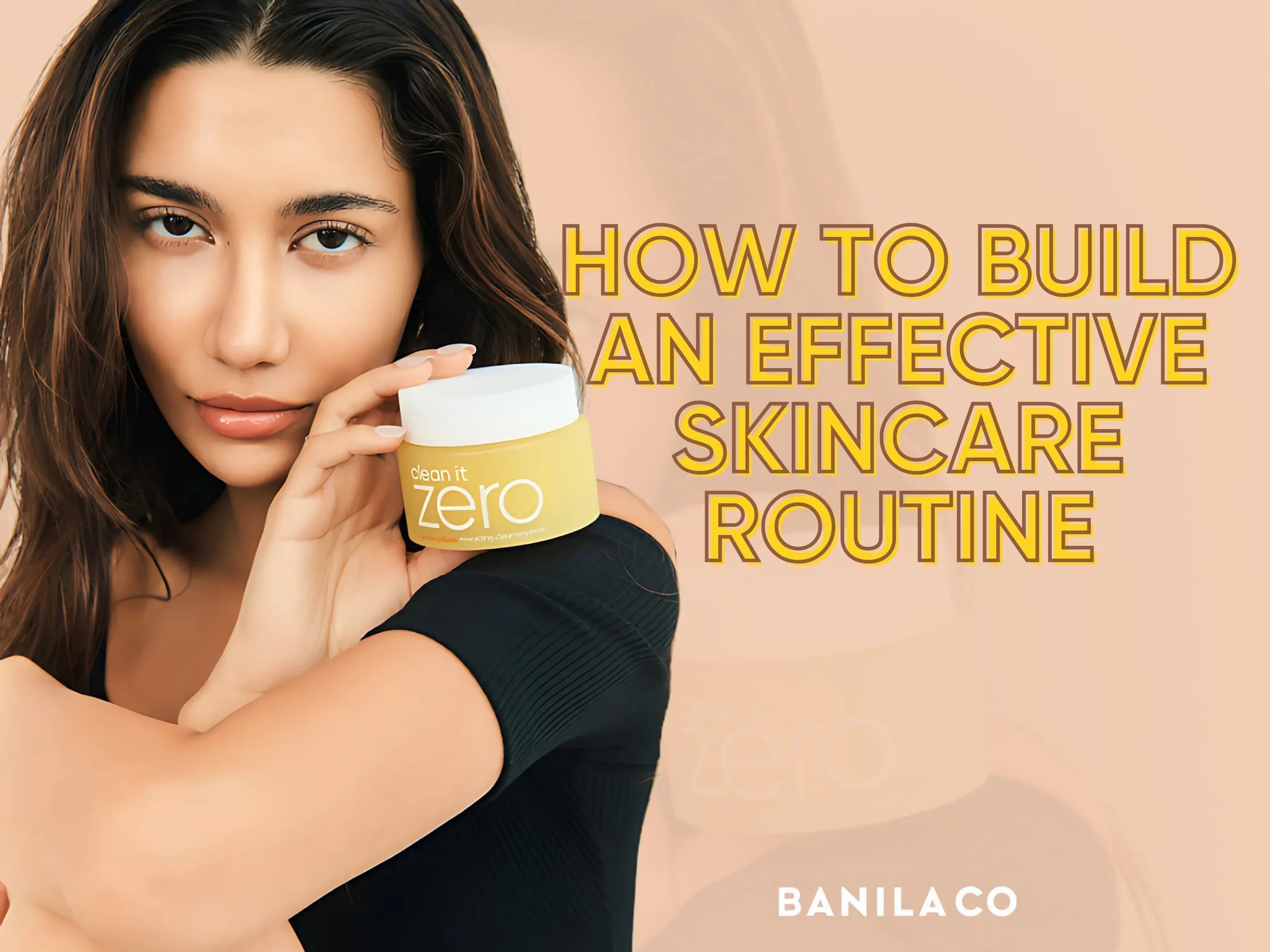Understanding skincare ingredients is one of the most powerful ways to take control of your routine. The beauty industry is full of marketing language—“brightening,” “firming,” “age-defying,” “pore-refining”—but what truly matters is the ingredient list printed on the back of the bottle. This list tells you exactly what a product contains, how potent it may be, and whether it is suitable for your skin type. Once you know how to decode it, you can confidently choose products that work.
Many people feel overwhelmed when looking at ingredient labels because the names are long, unfamiliar, or sound overly scientific. But the good news is that the system behind ingredient lists is quite structured. By learning a few key principles, you’ll start recognising patterns, identifying beneficial ingredients, and spotting potential irritants before they touch your skin.
1. Understanding the Order of Ingredients
Skincare labels follow an important rule: ingredients are listed in descending order, from highest concentration to lowest. This means the first five to seven ingredients often make up the bulk of the formula.
For example:
If water, glycerin, and niacinamide appear at the top of a label, you know these ingredients play a major role in the product’s performance. Conversely, if an expensive-sounding active ingredient appears at the very bottom, it may be present only in trace amounts.
That doesn’t mean it’s useless—some actives work well even at low concentrations—but it helps set realistic expectations.
2. Key Ingredient Categories You Should Know
Every skincare formula is made up of a combination of different ingredient types, each serving a specific purpose.
Humectants — These draw moisture into the skin.
Examples: hyaluronic acid, glycerin, urea.
Emollients — These soften and smooth the skin.
Examples: squalane, shea butter, ceramides.
Occlusives — These create a protective barrier to lock in moisture.
Examples: petrolatum, beeswax, lanolin.
Actives — These target specific concerns such as acne, pigmentation, or ageing.
Examples: retinol, vitamin C, niacinamide, salicylic acid, peptides.
Exfoliants — These remove dead skin cells.
Examples: glycolic acid, lactic acid, mandelic acid.
Surfactants — Used in cleansers to remove oils and impurities.
Examples: cocamidopropyl betaine, sodium lauryl sulfate (SLS).
Recognising these categories helps you quickly understand the purpose of a product—whether it’s hydrating, exfoliating, treating, or soothing.
3. Identifying High-Impact Active Ingredients
Some ingredients are especially powerful because they are supported by decades of research. Knowing these can help you avoid falling for trendy but ineffective formulas.
Retinoids — Increase cell turnover, improve texture, and reduce wrinkles.
Niacinamide — Balances oil production, strengthens the skin barrier, and reduces redness.
Vitamin C (ascorbic acid) — Brightens the skin and protects against environmental damage.
Salicylic Acid — A BHA that unclogs pores and treats acne.
Hyaluronic Acid — Hydrates deeply and plumps the skin.
Peptides — Support collagen production and skin repair.
If a product claims to brighten, smooth, or improve texture, these are the ingredients that genuinely deliver those results.
4. “Free From” Labels: What They Really Mean
Many products advertise phrases like:
- “Paraben-free”
- “Sulfate-free”
- “Fragrance-free”
- “Non-comedogenic”
While these can be helpful, they’re not always guarantees.
Fragrance-free, for example, is great for sensitive skin.
Non-comedogenic suggests the product won’t clog pores, but there is no universally accepted standard—so results vary.
It’s always better to look at the actual ingredient list rather than relying on claims.
5. Ingredients to Approach with Caution
Some ingredients may cause irritation or trigger breakouts for certain people.
Alcohol denat. — Can be drying in high amounts.
Essential oils — Natural but highly irritating for sensitive skin.
Coconut oil — Nourishing for the body, but comedogenic for the face.
SLS — Effective cleanser but harsh for some skin types.
Fragrance/parfum — A top trigger for irritation.
Your skin’s tolerance is unique, so what irritates one person may be fine for another—but awareness helps you make informed choices.
6. How to Match Ingredients to Skin Type
Dry skin: look for ceramides, hyaluronic acid, squalane, shea butter.
Oily skin: niacinamide, salicylic acid, lightweight gel formulas.
Sensitive skin: panthenol, centella asiatica, oat extract.
Mature skin: retinoids, peptides, antioxidants.
Pigmentation: vitamin C, azelaic acid, tranexamic acid.
Understanding ingredient compatibility helps prevent irritation and improves results.
7. Spotting Marketing Tricks
Brands often highlight trendy ingredients even if they’re included at ineffective levels. For example:
- A cream might say “with collagen,” but collagen molecules are too large to penetrate skin—its benefit is mainly hydration.
- A product may contain retinol, but if it’s listed near the bottom, it may not be potent enough to deliver noticeable results.
Always check where the ingredient sits in the list before assuming the product will deliver its advertised results.
8. Patch Testing: Your Best Safety Tool
Even well-formulated products can cause reactions. Patch testing helps prevent surprises:
- Apply a pea-sized amount to the jawline or behind the ear.
- Wait 24–48 hours.
- Monitor for redness, itching, or bumps.
This simple step can save your skin from days or weeks of irritation.
Final Thoughts
Reading skincare ingredient labels might seem intimidating at first, but with a little practice, it becomes second nature. By understanding the order of ingredients, recognising powerful actives, and spotting potential irritants, you can build a routine that is both effective and personalised. Instead of guessing what your skin needs, you’ll be able to choose products intelligently—and that confidence is truly transformative.

